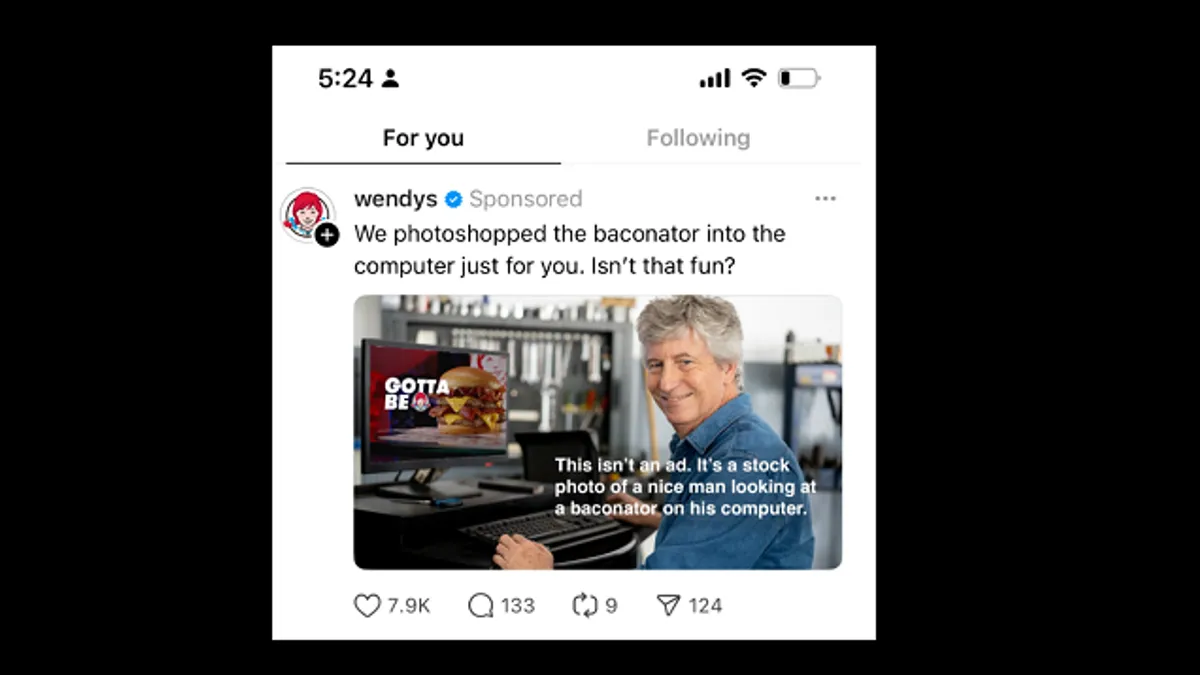Social media is a valuable digital marketing channel, but it can seem at times to be a more natural fit for consumer marketers.
For example, fashion and beauty brands are flocking to Instagram, and B2C brands looking for ways to tap into Snapchat’s millennial audience are hiring experts specific to the ephemeral messaging app to make best use of its unique user experience.
Of course any marketer would be negligent to completely ignore the vast audience of social media users, and should at least find out how to make best use of the larger platforms such as Facebook and Twitter. But, for B2B marketers, some approaches for social media marketing are likely to be more effective than others. At the bare minimum, all marketers should take advantage of Twitter for content distribution.
Joining the conversation
The first step B2B marketers should take is find out where their audience is active on social media. Prospects and leads in the sales pipeline might use Facebook, but maybe not in terms of being marketed to for B2B sales. On the other hand, that same prospect might be very active in industry groups on LinkedIn and would be very interested in getting more information through that channel.
Finding a target audience in different social media contexts -- such as LinkedIn Groups, maybe a sub-Reddit dedicated to some aspect of a marketer’s product or service, and even questions that are relevant to a business posed on Quora -- are opportunities for B2B marketers to join the ongoing conversation. Answering, and even asking, questions in these forums provides marketers a chance to build credibility and brand awareness while providing helpful content and information to an audience consisting of current and potential customers.
Of course these exchanges should be handled similar to a content marketing strategy where the goal is provide helpful, relevant information and not drive immediate sales. That’s why these activities are a way for marketers to become part of a conversation rather than barging into a venue with marketing messages that won’t be adding any value for the participants and might even create a negative backlash against the brand.
And, for B2B marketers, joining these social media conversations has added value: simply by monitoring what that audience is asking about, marketers can learn some of the pain points that audience is experiencing and topics that are of interest. After learning about the challenges faced by forum participants, the information can be applied to future content marketing pieces that do directly address some of those concerns.
B2B social media marketing in action
One way B2B marketers utilize the social media channel is to create campaigns around specific events. A recent MarketingSherpa case study covered how Toshiba America Medical Systems used social media to drive interactions at its largest yearly event, the Radiological Society of North America trade show. The team pointed out that social media feeds for companies attending the event become pretty noisy around the time of the show, so cutting through clutter was a challenge.
For content shared during the show, the team planned specific messages and graphics to share through LinkedIn and Twitter and made sure each platform had its purpose. For Toshiba this meant using LinkedIn for more clinical messaging and Twitter for casual messaging. An integral part of the content shared was videos from Toshiba products featured in the show.
How did the campaign fare? Twitter engagement was up almost 16% and LinkedIn engagement up over 1%, and booth traffic increased 12.6% over the previous years at the show.
Another MarketingSherpa case featured DocuSign using social media to put a novel twist on an otherwise typical marketing campaign. DocuSign wanted to send messages to a highly targeted list, but instead of executing the campaign through its email database the team decided to message the audience via sponsored LinkedIn InMail. Through InMail DocuSign’s marketing team was able to target it using geography, company size and even specific job title. DocuSign found 8,800 people on LinkedIn that met its target criteria and the campaign ended up reaching about 7,000 of them. The team said they went with LinkedIn for the campaign to “get through the noise of the email inbox.”
For B2B marketers, effectively adding the social media channel to the digital marketing mix probably means more than buying ads on different social platforms, or sponsoring Facebook posts or tweets. But by taking the time to understand where their audience is active on social media and maybe thinking a bit outside the box on how to reach that audience, social media can be a very effective B2B marketing channel.






















